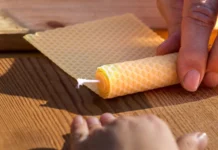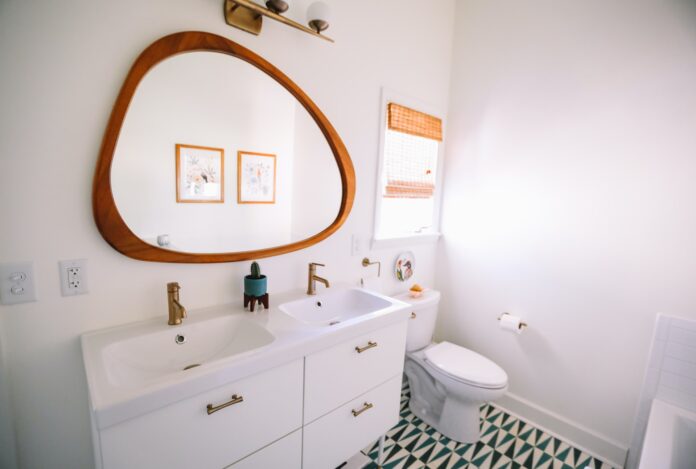
A throne that runs nonstop is a common nuisance in multiple households — and a waste of water, too. If you don’t want to drive your water bill up, you better deal with this issue sooner than later. No need to bombard the local plumbing company with calls, though. Luckily, any beginner DIY’er will manage to repair a running throne. Usually, this problem is caused by the toilet flapper; however, there may be other reasons why your john keeps running. In this post, as well as on sanitaryreview.com, we dwell upon the handiest tips on how to stop a running throne. Read on and get all enlightened.
Assess the Seal for Defects
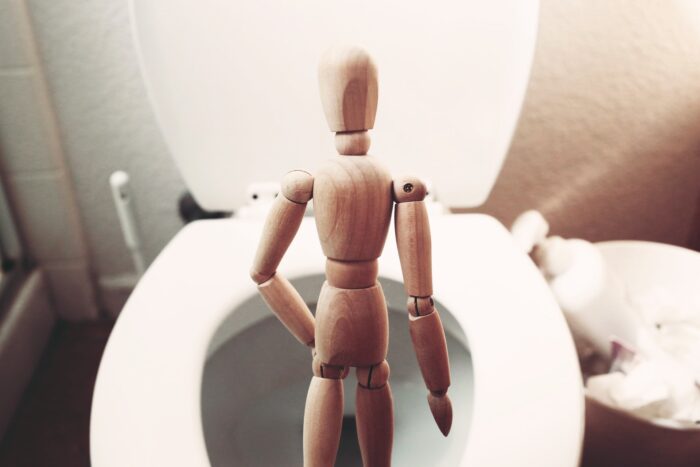
A flapper is a small rubber-compound seal that regulates the water circulation from the tank into the bowl. Upon flushing the john, the chain brings the flapper up to add up to the water-refill process. Defective flappers are usually among the most typical reasons why your throne runs.
Prior to assessing the toilet flapper for faulty mechanisms, use the shutoff valve located beneath the tank to shut the water off to the throne. Proceed by flushing the john for the purpose of draining all excess water from the bowl and tank. Then, focus on removing and inspecting the flapper.
Now, it’s time for the toilet tank lid removal. Make sure you’re as careful as possible when displacing the lid. Put it on a towel somewhere safe, somewhere where it won’t get scratched or otherwise damaged. Regulate the length of the chain that pulls the flapper up if needed. When it’s too short, the water will drain all the time. When it’s too long, it can get tangled under the flapper. If the chain is rusty or otherwise faulty, replacing it with a new flapper chain is a great solution.
Proceed by removing and assessing the throne flapper for such defects as discoloration, disintegration, warping, and the like. In case the flapper has mineral deposits on it, don’t hesitate to focus on cleaning it. If the flapper issues you’ve noticed are a bit more serious than that, you’re going to need to replace the device with a new one. Bear in mind that there’s more than one type of flappers. Thus, when shopping for a toilet flapper, make sure you stick with the device that’s exactly the same as yours.
Faulty Flapper Issues: Clean or Replace It
Water-based germs and mineral buildup accumulate on the flapper, causing the poor seal and, i.e., running water. If cleaning the flapper is your ultimate goal, put several drops of baby shampoo on a damp cloth and utilize it for wiping down the flapper. That way, you will both get rid of the germs and enhance the thing’s elasticity.
Using vinegar to clean the flapper is a fine alternative. Vinegar is a superb toilet cleaning solution. It’s 100% free of chemicals and naturally antibacterial. Just soak the device in a bowl of vinegar for half an hour. After that, proceed by scrubbing the rubber with an old toothbrush to get rid of the sludge buildup.
Once you’ve cleaned the flapper, put it right where it was, turn the water back on, and wait until the toilet tank fills up. If you no longer hear that sound of the running water, congratulations! It means that you’ve successfully dealt with the running-throne mishap.
If the flapper is all flimsy and defective (or still refuses to seal properly after you’ve cleaned it), it’s time to buy a new one. Make sure you stick with the same-type-and-dimensions flapper for it to suit your needs perfectly. You can opt for a universal flapper, too, by the way. It will suit any kind of throne at all.
Address the Water Level Issue
If you came to realize that it wasn’t your toilet flapper problem that caused a running toilet, checking the water level would be a good idea. If it’s too high, water drains into the overflow tube nonstop. If you don’t fix this issue as soon as you can, the water will spill out onto the floor, flood your bathroom, and cause significant damage to your home.
Follow these steps to adjust the water level:
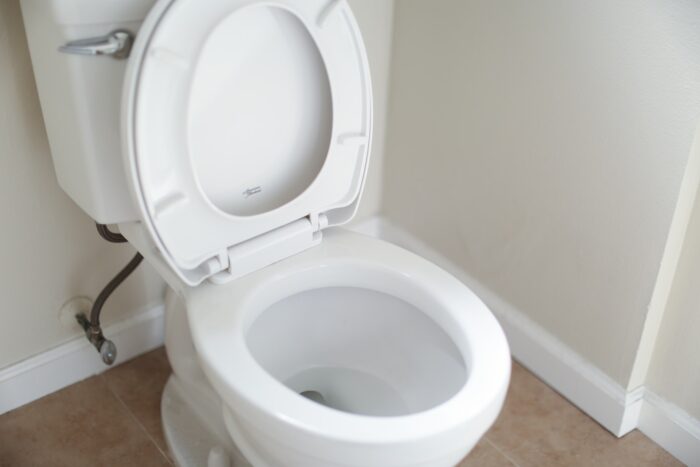
- start by lowering the float height on the fill valve;
- proceed by flushing the toilet and letting it refill and stop under its own steam;
- check the water level: the normal height should be up to one inch below the top of the overflow tube.
Get a New Fill Valve: Your Last Resort
Your fill valve regulates the water flow into your throne’s tank. If the valve is faulty, it won’t function properly, causing constant or random refill cycles. Noticing the immersed float valves? Then, your fill valve is most likely functioning improperly. Since fill valves are relatively cheap and a breeze to replace, the best option is replacing your old fill valve with a new one. Don’t even bother repairing the thing. Just replace it by following these easy steps:
- shut off the water to the toilet and flush it: there shouldn’t be a single drop of water left in the tank;
- proceed by disconnecting the water supply line on the outside of the throne;
- deinstall the old fill valve, set up a new one, and turn on the water. For more details on the procedure, as well as other DIY tips and hacks.
Cutting to the Chase: Should I Call a Plumber for Help?
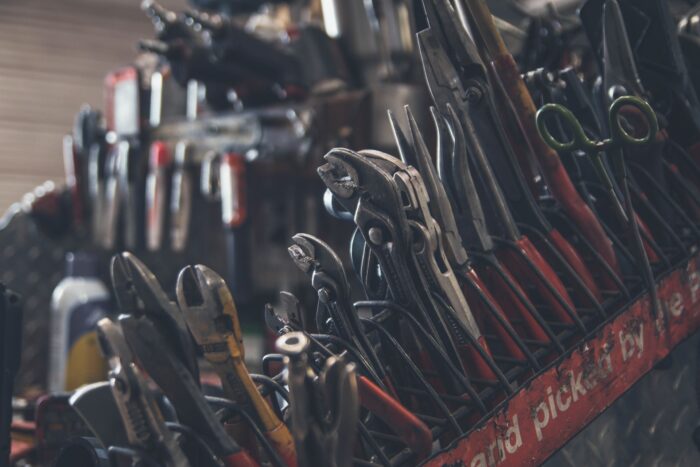
Are you a female whose brain gets on the verge of exploding when you hear about stuff like ‘toilet flapper’ or ‘fill valve’? Or, are you, say, an IT pro who’s worried that you won’t manage to fix this seemingly minor (yet scarily unfamiliar) throne issue? Then, you can just call your local plumbing company and pay the guys to fix the running-throne problem for you.
So, what about you? Have you ever dealt with the running john calamity? What caused it in your situation? What was your course of action? Did you solve the problem on your own or make the decision to turn for professional help? Feel free to share your experience with our readers and get the discussion going in the comment box below. Your two cents are highly appreciated.

